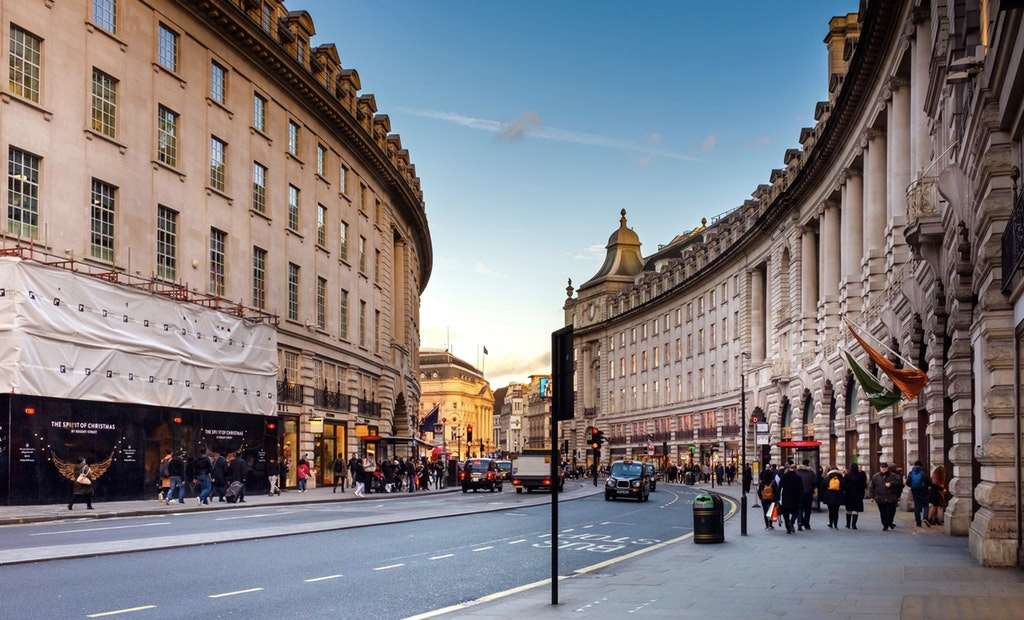London’s number one neighbourhood continues to be a global hotspot

City planning experts have identified the perfect neighbourhood blueprint. The ideal community includes a diverse population, a healthy economy, lots of open space, well-connected transport lines, density and scale, a vibrant culture, and multiple uses of the land; all of which prime central London’s number one neighbourhood, Mayfair, comprises.
The long history of Mayfair can be traced back to the mid-1680s. Starting as a patch of muddy land, the area found a purpose when the annual May Fair moved from Haymarket to accommodate a growing guest list and was aptly named. As the attendees continued to grow in number, as did the complaints from residents about the increasing noise levels, rowdiness and drinking, and so the fair relocated once again in 1746. The fair eventually settled at Shepherd Market, a quaint area in the neighbourhood, where it still takes place to date.
When the annual event left the area, the residents of Mayfair took the opportunity to begin creating a flourishing neighbourhood. Led by Sir Grosvenor and his family, the wealthy community built beautiful streets and garden squares, many of which are still present and famous today, including the newly transformed Grosvenor Square. It wasn’t long before the district became the neighbourhood of choice for London’s aristocracy and affluent buyers worldwide. With the finest offerings in property, dining, retail, and entertainment, it is undeniably a global hotspot among locals, expats, and tourists alike.
The best the capital has to offer
Prime central London is bustling with crowds year round, with the Luxury Quarter being a notable attraction for locals and visitors alike. Originally made up of Bond Street and Regent Street, the area is so popular now that it is spilling into the nearby Albermarle and Dover Street. Featuring over two-thirds of the world’s best retailers, more are added as soon as a unit becomes available, with recent additions including the highly desired Arket and Weekday, with the Parisian brand, Maje, due to join them in 2018.
Following a day of luxury, hungry shoppers have an exceptional choice of fine dining available to them. There are almost 70 Michelin star restaurants in London alone, with over 20 of these available in Mayfair. First-rate sushi restaurant, Araki, is a new addition to this list having recently been awarded three Michelin stars, although they can uniquely only accommodate nine diners at a time. Lovers of Indian cuisine will also be pleased to know that the owners of Michelin star restaurant, Jamavar, have recently opened a second location, Bombay Bustle.
After dinner entertainment can be found in every corner of Mayfair, especially in the world-famous theatre district in the West End, which boasts a £22 billion economy and welcomes more than 200 million guests each year. Half of the revenue comes from restaurants, hotels, bars, and retailers alone. Other options include private clubs and bars, such as Annabel’s, a popular choice among celebrities, which has recently undergone a £50 million makeover. Ending the night in luxury is easy, with a choice of over 3,800 five-star hotel rooms in designer hotels and spas throughout the neighbourhood.
Mayfair continues to grow with the next major development
With over 2,000 millionaires currently residing in Mayfair, made up of 42 nationalities, the community is made up of a widely diverse population. Over 60 per cent of residents are under 44 years old, and recent studies revealed residents contribute £2.5 million annually into the local economy, twice that of tourists.
Set to undergo its most significant transformation in a century, Mayfair is ready to expand even further. There are 11 new residential developments already underway, with an additional 21 expected to complete over the next five years. The evolution hopes to welcome a 25 per cent increase in the local population, reaching a total 5,200 and enough properties to raise the overall residential homes to a total of 4,363 on 144 streets.
The editorial unit























Facebook
Twitter
Instagram
YouTube
RSS